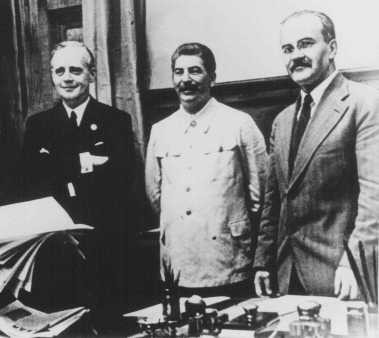Josef Stalin
In 1933, Nazi students at more than 30 German universities pillaged libraries in search of books they considered to be "un-German." Among the literary and political writings they threw into the flames were the works of Josef Stalin.
Excerpt
If every step I take in my endeavor to elevate the working class and strengthen the socialist state of this class were not directed towards strengthening and improving the position of the working class, I should consider my life purposeless.
—"Talk with the German Author Emil Ludwig, December 13, 1931." Josef Stalin, Bolschevik, No. 8, 1932
Which of Josef Stalin's Works were Burned?
Lenin und der Leninismus (Foundations of Leninism)
Auf dem Wege zum Oktober (The Road to October)
Who was Josef Stalin?

A leader of the Bolshevik Revolution, Josef Stalin (1879-1953) became the General Secretary of the Soviet Communist Party as well as the head of the Soviet state. Stalin held extraordinary personal power which he used to ruthlessly eliminate his political rivals, including Leon Trotsky. In 1928, he forced collectivization—the replacement of private farms with state-run, collective farms—on the Soviet rural population, at the cost of millions of lives.
The inclusion of Josef Stalin's works on the Bolshevik Revolution and the ideology of Marxism-Leninism in the Nazi book burnings of 1933 was self-evident, given the bloody street battles between Nazis and German Communists before Hitler's rise to power; the arrest of Communist leaders after the Reichstag fire; and the image of Stalin as the prime architect of the feared Communist world domination. From 1934 to 1938, Stalin cruelly purged the Soviet party, government, armed forces, and intelligentsia. Millions of "enemies of the people" were imprisoned, exiled, or shot. So obvious was the image of the Soviet Union and Stalin as the deadly enemy of Nazi Germany that many outside observers (and many Nazis as well) were shocked, even disoriented, by the short-lived Nazi-Soviet pact of 1939.

